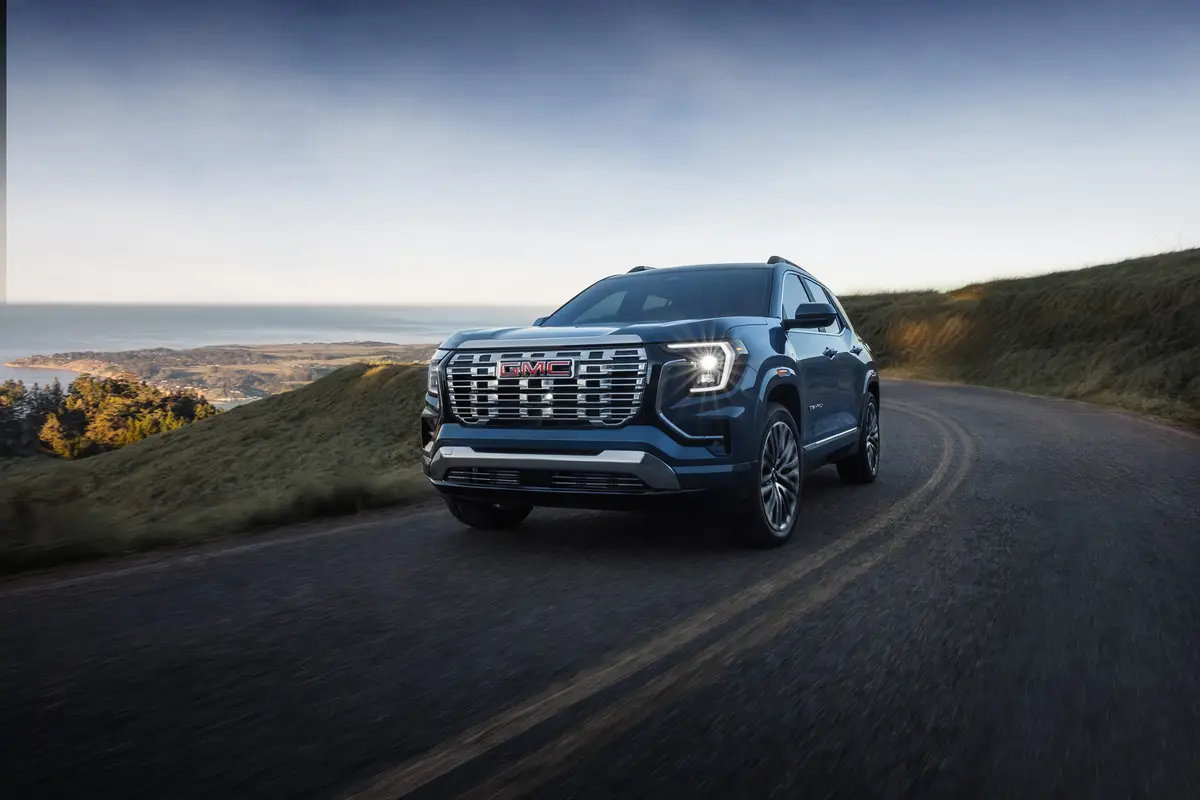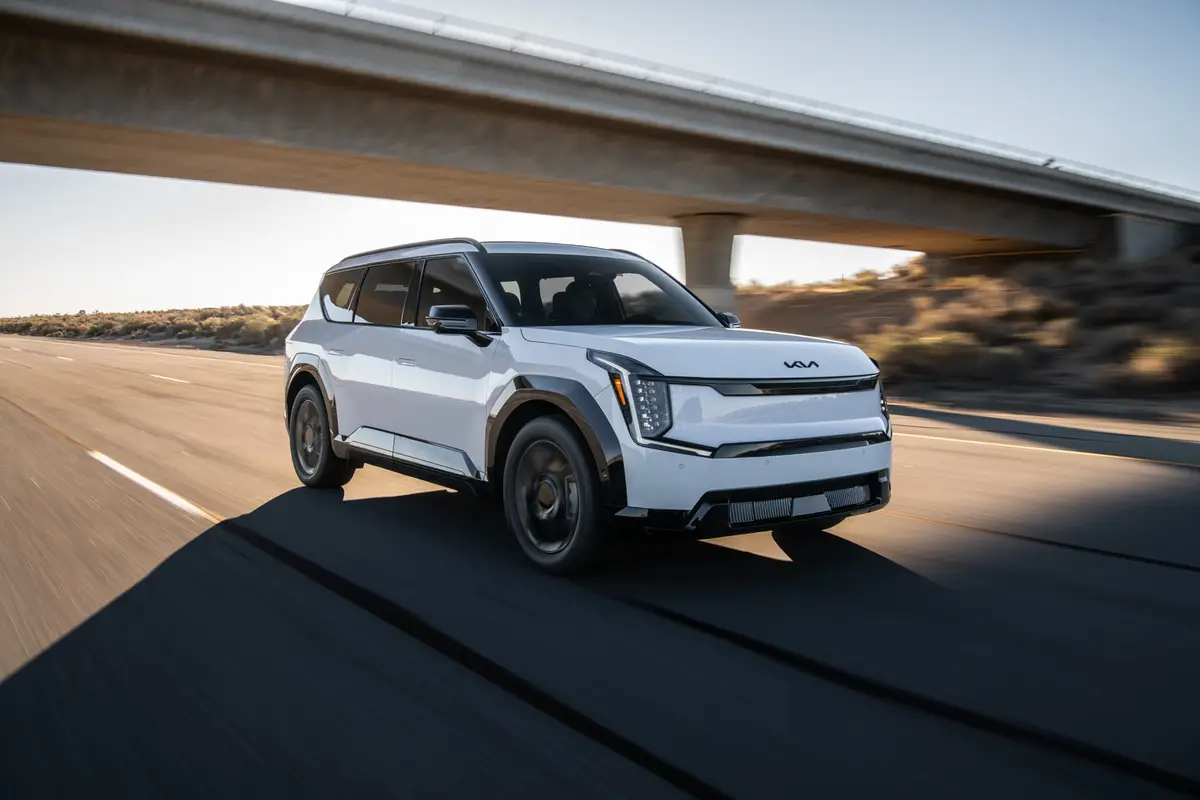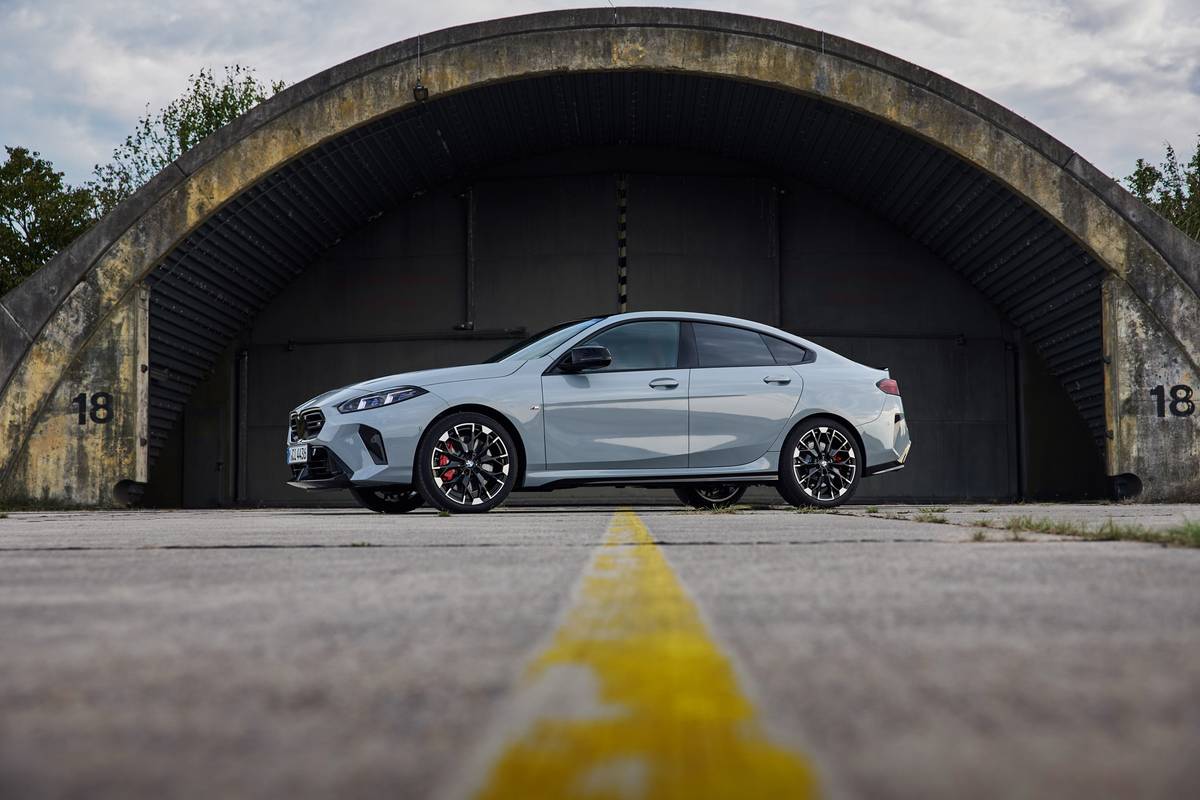The Detroit Newspapers's view
PINCKNEY — Good things come in threes. The three wise men, Charlie’s Angels and either Star Wars trilogy. But at Ford Motor Co., the 2009 Escape, which comes in three trim levels and three different powertrains, has been treated like The Good, The Bad and The Ugly. Forget that the Escape outsells the Mustang. In fact, this trio makes up the third best-selling vehicle in Ford’s lineup. But it couldn’t buy a little respect in the third row of an Aretha Franklin concert.
It can’t even get a full redesign in one year. Last year, Ford rolled out the made-over 2008 Escape and Escape hybrid but did nothing to the powertrain or suspension. That’s like buying new clothes when you need to go to the gym.
For 2009, these boys finally got a little more pep.
All three versions of the Escape, the four-cylinder, the six-cylinder and the hybrid models have significant upgrades where it counts, under their sheet metal, as well as a few worthwhile additions in the cabin such as Sync and the all-new Travel Link.
In fairness to Ford, the engine upgrades arrived when they were ready — these powertrains will make it into a lot more vehicles Ford produces such as the Fusion, so the timetable doesn’t have to line up with cosmetic makeover. However, those powertrains were in need of some new iron long ago to boost their anemic performance.
But that’s water under the bridge — something you see a lot around Pinckney, where I test drove all three models and compared them back-to-back-to-back against 2008 versions of the same vehicle.
The difference is impressive. All three have more jump off the line, smoother gear shifts, and better handling than their 2008 counterparts.
More power, better mileage
So how’d Ford manage that? It dumped its 2.3-liter four-cylinder engine for a bored-out 2.5-liter version with intake variable cam timing. What it means is this: Ford jumped the power of this Escape by 20 percent to 171 horsepower from 153.
Ford also took its 3-liter V-6 and added new intake and exhaust cams, cylinder heads, manifold and pistons that translated into 40 more horses to 240 horsepower.
But adding power used to mean sacrificing fuel, a big no-no-no when gas prices edge higher with each morning news broadcast. So Ford dropped its four-speed automatic (another long overdue change) and replaced it with a six-speed transmission, as well as tweaked some of the vehicle’s aerodynamics. The net gain from all of the changes is a bump of one additional mile with every gallon of gas.
Add power and get better mileage: That’s some real snap, crackle and pop.
Many changes were the result of retuning or replacing. The power rack-and-pinion steering was adjusted to provide a crisper feel on turns. A new stabilizer was added to the rear suspension allowing the Escape to hold corners better, and the suspension was retuned to give the Escape a silkier ride.
Even the tires were changed. All Escape models now use Michelin Latitude Tour 16-inch low-rolling resistance tires. While many crossovers have gone all curvy with sloping roofs and lower ride positions, the Escape has stayed true to its original look: More truck, less car. While Autodata Corp. classifies the Escape as a crossover (most have unibody construction or are built on a car platform), Ford still considers it a more refined compact SUV.
The exterior changes are minor and were made for smoother airflow. There is a new front bumper spoiler and rear tire spoilers.
One thing I had trouble with was telling the three apart, other than the hybrid, which comes with special badging. You can’t walk up behind the vehicle and always know what’s under the hood: There are three trim levels, the base XLS, the midlevel XLT and high-end Limited. The XLS and XLT come with either the four- or six-cylinder engine, the Limited features the V-6.
Refined navigation system
Inside all of the models, there are few significant changes from the previous year. The piano black trim stands out and the center stack looks too busy when the navigation system is not included. And while I think most navigation systems are too costly, Ford has added its optional Travel Link system that connects your onboard map with a wealth of information around you. It can find every gas station near you, show who is selling the cheapest fuel and then give directions to that station. Nowadays, that’s a very useful function.
It can also find nearby movie theaters and provide complete listings and the theater’s phone number to buy tickets.
Sync, the hands-free system that operates a personal music device and telephone, is also available and if you buy any Ford, you should include this $395 option. Other new features include the addition of ambient lighting, which changes colors at the touch of a button, a standard auxiliary jack (to be used if you don’t buy Sync), and a standard 110 Volt power outlet. Ford also included its capless fuel filler. This lets a driver fill up without having to remove the cap.
There’s also a touch of green to the interior, which includes new comfort designed seats. Ford used soy-based foam instead of traditional petroleum-based foam. There are also seat fabrics made from 100-percent recycled materials, though I would select leather, which helps cut down on methane from entering the atmosphere.
The most noticeable changes to the Escape trio are found in the performance of the hybrid. Ford uses a continuously variable transmission and on the previous model tended to whine at high rpm like a car stuck in the wrong gear. But with the addition of the new 2.5-liter engine and significant changes to the software monitoring the transmission, the hybrid feels normal.
Ford also tuned the four-cylinder hybrid’s engine to run on the Atkinson cycle, which operates the engine at a lower compression ratio, sacrificing some power for more efficiency. This should not be confused with the Atkins diet, which sacrifices carbs for a more efficient belt line. Hybrid vehicles such as the Toyota Prius use similar engine set ups for the internal combustion side of power.
Additionally, Ford has added electronic stability control to the hybrid and changed the brake feel from a hard hydraulic feel to one that is normal and comfortable.
The end result is a compact SUV that hits 34 mpg in the city and 30 mpg on the highway — mileage numbers found in the subcompact car segment, not the compact SUV one. The Smart car using premium fuel gets 1 mpg less than the hybrid Escape in the city burning regular.
While the Escape’s full redesign took two model years to complete, this compact SUV feels better than the sum of all of the changes. Through tweaking this and retuning that, the trio may actually get some respect that it deserves when it rolls into dealerships this July.
Report Card
Overall: ***
Exterior: Good: Minor changes enhance performance and the Escape keeps its baby Explorer looks.
Interior: Good: The dash can look busy without the navigation system, but the interior is still comfortable. Leather seats give it a more luxurious appeal.
Performance: Good: Much improved over previous powertrains.
Safety: Excellent: Front and side curtain airbags, stability control and tire pressure monitoring is standard.
Pros: Looks more truck-like but rides like a car. Good gas mileage
Cons: Interior feels more truck-like than car.
2009 Ford Escape
Type: A front-wheel or all-wheel drive compact SUV.
MSRP :
Base (FWD): $19,715
Hybrid: $28,305
Engine :2.5-liter I-43-liter V-6
Power: 2.5-liter I-4: 171 hp @ 6,000 rpm; 171-pound-feet torque @ 4,500 rpm
3-liter V-6: 240 hp @ 6,550 rpm; 223-pound-feet torque @ 4,300 rpm
Hybrid: 177 hp net
Transmission :
I-4: five-speed manual or six-speed (auto)
V-6: Six-speed
Hybrid: I-4 with CVT.
Fuel economy:
I-4:
FWD manual: 22 mpg city / 28 mpg highway
FWD auto: 21 mpg / 27 mpg
AWD auto: 20 mpg / 25 mpg
V-6:
FWD: 19 mpg / 24 mpg
AWD: 18 mpg / 23 mpg
Hybrid:
FWD: 34 mpg / 30 mpg
AWD: 29 mpg / 27 mpg
Source: Ford Motor Co.
Scott Burgess is the auto critic for The Detroit News. He can be reached at sburgess@detnews.com.
Latest news



